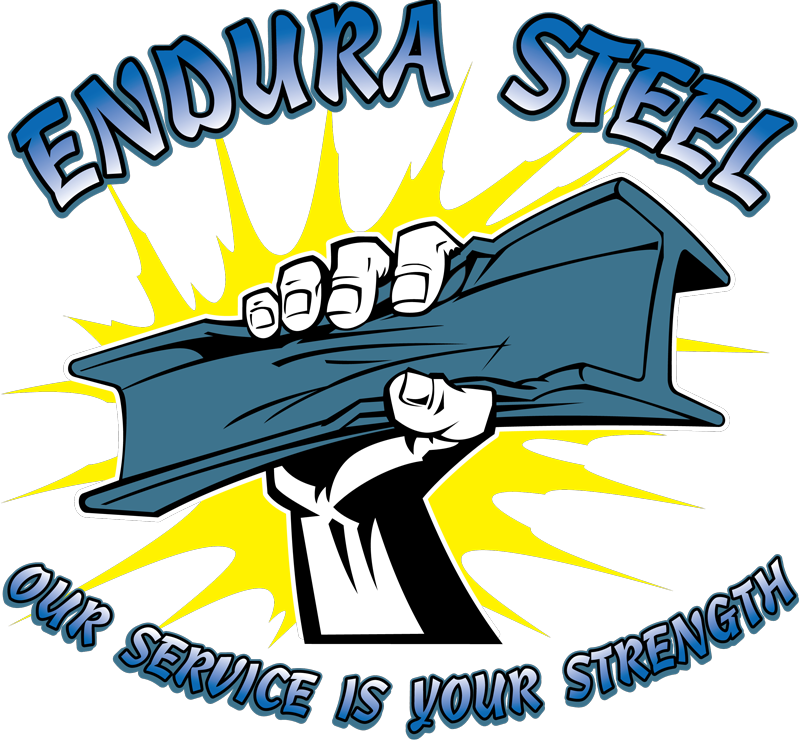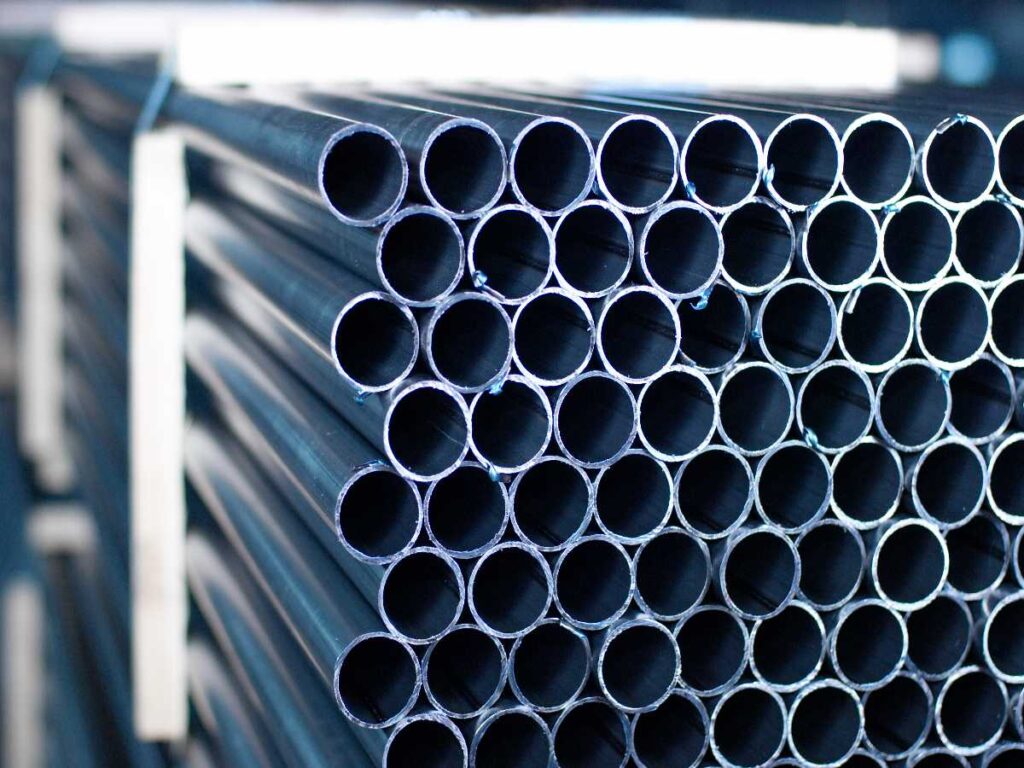Stainless steel is a highly versatile material characterized by its resistance to corrosion and rust. Developed in the early 20th century, it has become a cornerstone in various industries, from construction to medical equipment. The alloy primarily consists of iron, chromium, and other elements like nickel and molybdenum, contributing to its distinct features.
Significance of Classifying Stainless Steel Pipes
Classifying stainless steel pipes is not just a matter of academic or industrial curiosity; it has practical implications. For instance, pipes used in the food industry must meet specific criteria for cleanliness and resistance to corrosive materials. On the other hand, pipes used in industrial settings may need to withstand high temperatures and pressures. Therefore, a systematic way of categorizing these pipes is required to facilitate proper selection and application. This method of organization not only helps in making an informed decision but also in maintaining quality control.
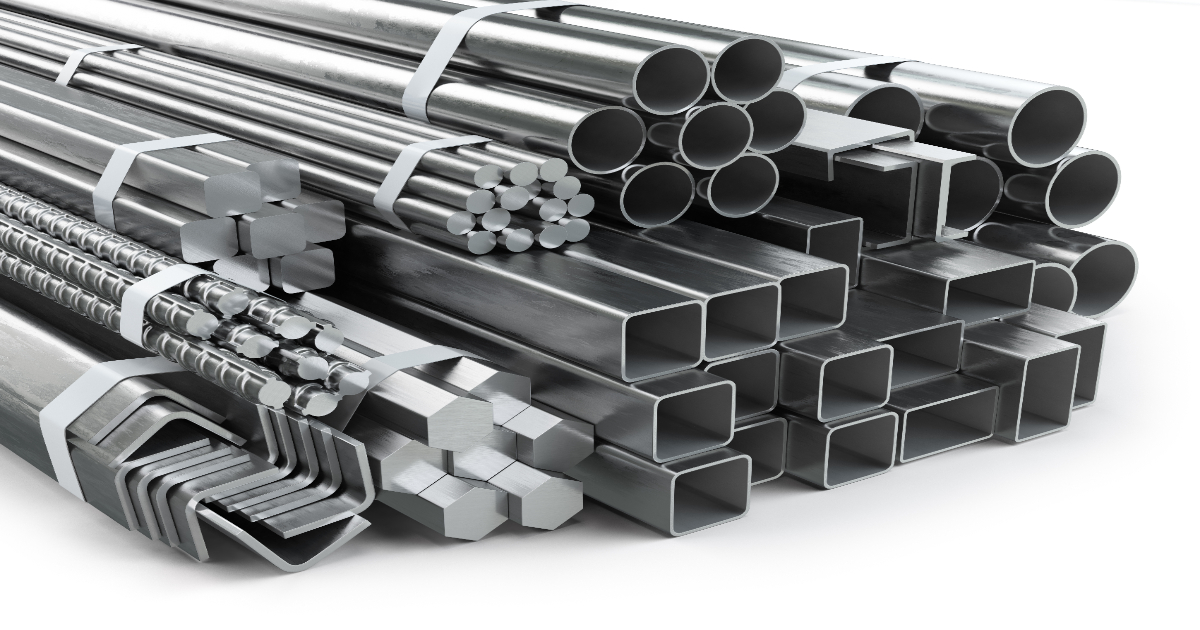
History of Stainless Steel
Discovery and Early Applications
Stainless steel emerged in the early 20th century, specifically in 1913, by Harry Brearley, a British metallurgist. Brearley initially sought to create a corrosion-resistant alloy for gun barrels but ended up with a material with many applications. In its early years, stainless steel was primarily used for cutlery. Its anti-corrosive properties made it ideal for utensils that needed to withstand frequent washing and exposure to various kinds of food.
As the 20th century progressed, the applications of stainless steel expanded. It significantly produced military equipment, aircraft, and naval vessels during World War II. Its high tensile strength, rust resistance, and general durability made it indispensable in these contexts.
Evolution of its Use in Piping Systems
Stainless steel’s use in piping systems began to gain momentum in the post-war period. Initially, it was commonly used in naval applications because of its resistance, especially in saltwater environments. Eventually, its utility was recognized in civilian industries as well.
By the 1960s and 1970s, stainless steel pipes became more widespread in commercial and industrial applications. It began replacing materials like copper and galvanized steel in plumbing systems. As industries evolved, so did the specifications and classifications of stainless steel pipes to accommodate various applications, such as chemical processing plants, water treatment facilities, and advanced technologies like semiconductor manufacturing.
In the oil and gas sector, the high-pressure resistance and durability of certain types of stainless steel pipes made them ideal for transporting crude oil and natural gas. In the food and beverage industry, the material’s resistance to corrosion and ability to maintain purity made it the material of choice for processes requiring strict hygiene.
Basic Composition of Stainless Steel
The Role of Chromium
Chromium is the defining element that makes steel “stainless.” In conventional steel, iron makes the alloy susceptible to corrosion and rust. However, when chromium is added to steel—at a minimum of approximately 10.5%—it reacts with oxygen to form a chromium oxide layer on the surface of the metal. This oxide layer is passive and non-reactive, effectively sealing the steel from the external environment. This results in the steel’s highly prized corrosion resistance.
Think of chromium as the “shield” in a medieval knight’s armor; it protects the core material (in this case, iron) from external agents that could lead to degradation. The oxide layer is self-repairing, meaning if the metal is scratched or damaged, the chromium reacts with oxygen to renew the protective layer.
Additional Elements
While chromium provides the foundational attribute of corrosion resistance, additional elements are often incorporated to tailor the alloy’s properties for specific applications. Here’s a rundown of some key elements:
Nickel: Enhances corrosion resistance and increases flexibility. It’s often added to improve the material’s performance in acidic or alkaline environments.
Molybdenum: Increases chloride corrosion resistance, making it suitable for marine applications or processes involving harsh chemicals.
Carbon: Used in varying amounts depending on the grade of stainless steel. Lower carbon content is generally preferred for increased corrosion resistance, while higher carbon content might be chosen for applications requiring greater tensile strength.
Manganese: Boosts tensile strength and wear resistance but is usually kept to a minimal percentage to maintain corrosion resistance.
Silicon: Helps in the deoxidation process during steel manufacturing and can improve resistance to certain types of acid corrosion.
Copper: Sometimes added for resistance to various forms of corrosive agents, as well as for improved workability.
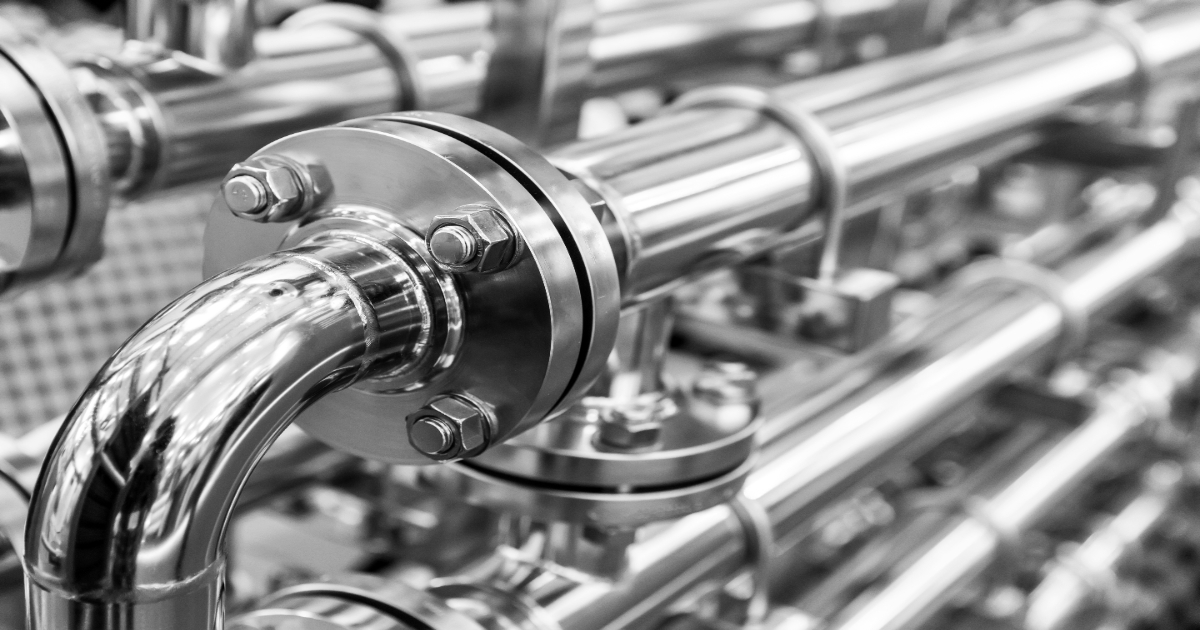
Why Classification is Necessary
Uniformity in the Industry
Classification is a common language or a standardized reference point that brings uniformity to the stainless steel industry. Without a standardized classification system, it would be challenging for manufacturers, suppliers, and consumers to communicate effectively. For example, a manufacturer in China needs to ensure that their stainless steel pipes meet the same quality and specification requirements as those produced in the United States or Europe. This standardization eliminates confusion and ensures that products meet certain minimum requirements, irrespective of where they are produced or sold.
In communication, think of classification as the “grammar rules” for the language of stainless steel. Just as grammar allows us to structure our sentences in a universally understood way, classification provides a framework for understanding the properties and capabilities of different stainless steel pipes.
Facilitating Choice for Specific Applications
Each type of stainless steel pipe is designed with specific applications in mind, whether for the plumbing in residential homes, chemical processing plants, or high-pressure environments like oil and gas extraction. The classification system allows engineers, architects, and other decision-makers to select the most appropriate type of pipe for their needs. They can easily compare options based on criteria like corrosion resistance, tensile strength, or thermal conductivity. Without a classification system, the selection process would be akin to shopping in a store without labels—confusing, time-consuming, and prone to errors.
This situation can be compared to a restaurant with a well-organized menu. When each dish is classified by its main ingredient, cooking style, and flavor profile, diners can make more informed choices that satisfy their specific cravings or dietary needs.
Ensuring Safety Standards
Safety is a concern in any industrial application, and having a classification system helps maintain high safety standards. Each classification corresponds to a set of performance expectations, often including safety metrics such as maximum pressure and temperature limits. These classifications are not arbitrary but result from rigorous testing and quality control measures. When a pipe is selected based on its classification, engineers and builders, have a reasonable expectation that it can perform safely under the conditions for which it was designed.
To draw an analogy, consider the safety ratings of electrical appliances. These ratings inform users of the safe operational limits of the appliance, such as voltage and current requirements. Similarly, the classification of stainless steel pipes indicates their safe operational limits, helping to prevent failures and accidents.
Criteria for Classification
Material Grade
The stainless steel grade is a primary criterion for its classification. Grades like the 200 series, 300 series, 400 series, etc., provide insight into the alloy’s chemical composition and mechanical properties. For example, the 300 series is known for its high nickel content, enhancing its corrosion resistance, while the 400 series is often magnetic and offers less corrosion resistance but higher hardness.
Think of the material grade as akin to the “genre” in a bookstore. Like fiction, non-fiction, mystery, and so on, each offers a unique reading experience, and each stainless steel series offers a unique set of properties suited for different applications.
Wall Thickness
The wall thickness of a stainless steel pipe is commonly designated by its “schedule,” such as Schedule 10, Schedule 40, etc. This helps to indicate the pipe’s pressure-bearing capacity and its application. Schedule 40 pipes, for example, have a thicker wall and can handle higher pressures than Schedule 10 pipes.
Imagine wall thickness as the spine of a hardcover book; a thicker spine typically indicates more pages and greater content, much like how a thicker wall indicates higher pressure-bearing capacity.
Pipe Size
Size is another significant criterion, typically denoted in diameter and length. The diameter of the pipe often relates to the flow rate; larger diameters enable greater flow. Length is generally standardized, but custom lengths can also be ordered based on project needs.
You can liken pipe size to the size of a computer monitor. Smaller monitors might be adequate for basic tasks, but larger screens are necessary for specialized tasks like graphic design or data analysis. Similarly, the pipe size must be chosen based on the specific requirements of its intended application.
Surface Finish
Surface finish is crucial for certain applications, especially those requiring high purity or corrosion resistance. Options often include “annealed and pickled,” “bright annealed,” and “polished.” Each of these finishes has a particular application. For example, polished pipes are often used in the food and pharmaceutical industries, where surface hygiene is of utmost concern.
Consider the surface finish as the cover design of a book. A well-designed cover may be necessary for specific types of books, like coffee table books, to appeal to aesthetic sensibilities, much like how a specific surface finish is essential for particular applications.
End Configuration
Surface finish is crucial for certain applications, especially those requiring high purity or corrosion resistance. Options often include “annealed and pickled,” “bright annealed,” and “polished.” Each of these finishes has a particular application. For example, polished pipes are often used in the food and pharmaceutical industries, where surface hygiene is of utmost concern.
Consider the surface finish as the cover design of a book. A well-designed cover may be necessary for specific types of books, like coffee table books, to appeal to aesthetic sensibilities, much like how a specific surface finish is essential for particular applications.

Common Classification Systems
ASTM Standards
The American Society for Testing and Materials provides one of the most widely recognized systems for classifying stainless steel pipes. Specific standards like ASTM A312 and A358 outline requirements for seamless and welded pipes, respectively. These standards address various aspects such as material grade, wall thickness, tensile strength, and testing methods. For instance, ASTM A312 is often applied to pipes intended for corrosive or high-temperature services.
Regarding analogy, consider ASTM Standards as the “APA style” in academic writing—a set of guidelines widely accepted and used across multiple disciplines to maintain uniformity and quality.
ANSI Standards
The American National Standards Institute (ANSI), often in collaboration with ASME, offers another important set of standards. For example, ANSI/ASME B36.19M pertains to the stainless steel pipe dimensions, including diameter, wall thickness, and weight. ANSI/ASME B36.10M does the same for carbon steel pipes. These standards ensure that pipes meet specific mechanical and thermal conditions requirements.
ANSI Standards might be compared to the “Chicago Manual of Style” in publishing. It’s another widely recognized system with rules and guidelines adapted to particular requirements.
ISO Standards
International Organization for Standardization provides standards for classifying stainless steel pipes, like ISO 1127. This standard outlines dimensions and tolerances for seamless and welded steel tubes, ensuring that products manufactured globally meet consistent criteria for quality and safety. ISO standards are particularly useful for international projects where multiple countries are involved, as they help bridge the gap between different national standards. ISO Standards allow for a uniform measure of English language proficiency across different countries.
Applications Based on Classification
Plumbing
For plumbing applications, types like 304 and 316 from the 300 series are commonly used because of their excellent corrosion resistance and ease of fabrication. Wall thickness is generally moderate, often sticking to Schedule 40 for residential and commercial applications due to its good balance between strength and material cost. If you think of plumbing as a city’s water supply system, then using the right type of stainless steel pipe is like ensuring the water mains and pipes are robust enough to handle the city’s needs without corroding.
Oil and Gas Industry
In the oil and gas sector, high-stress conditions require highly specialized pipes. Standards like ASTM A358 for electric-fusion-welded pipes are commonly referenced, given their suitability for high-pressure and high-temperature service. Material grades like duplex and super duplex stainless steel are often used due to their high strength and excellent corrosion resistance in harsh conditions. Drawing an analogy, choosing a pipe for the oil and gas industry is similar to picking specialized gear for mountain climbing. Both need to be highly reliable and capable of withstanding extreme conditions..
Food and Beverage Industry
Material grade and surface finish concern the food and beverage industry. Typically, the 300 series, such as 304L or 316L, are used because of their excellent corrosion resistance and ability to maintain purity. Surface finishes are often polished to facilitate easy cleaning and to prevent bacterial growth. Standards like ASTM A270 are commonly followed, which are designed for sanitary tubing applications. Consider the choice of materials in the food and beverage industry as similar to selecting ingredients for a high-quality meal. Just as you would want organic and contaminant-free produce, you’d also want your stainless steel to be of the highest purity and finish to ensure hygiene.
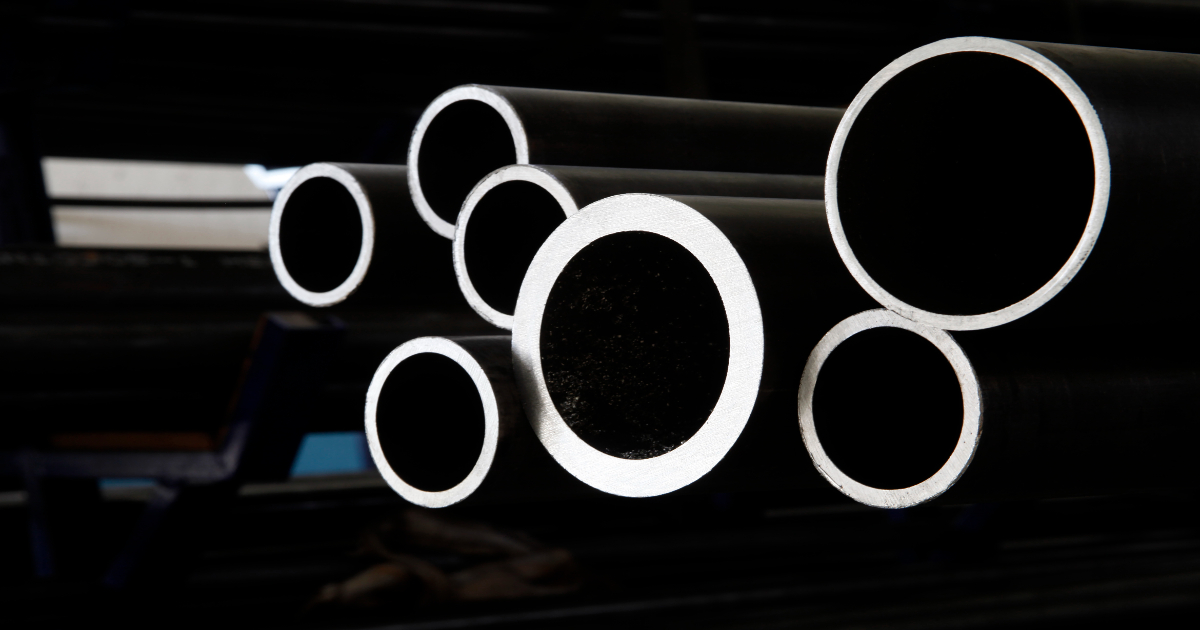
Challenges in Classification
Compliance with Multiple Standards
One challenge in classifying stainless steel pipes is the need to comply with multiple standards simultaneously, especially in projects across different countries or industries. Balancing ANSI, ASTM, and ISO standards can become a complex task. This situation can be likened to a multilingual person trying to translate a conversation among speakers of different languages; while they may understand each language, their nuances, and specificities can complicate the translation process.
Evolving Technologies Affecting Criteria
As technologies evolve, the criteria for classification may require updating or expansions. For instance, the development of new alloys or fabrication techniques may not be adequately captured by existing classification systems. Imagine a library trying to categorize new genres of literature or new forms of media that didn’t exist before. The existing labels might not suffice, requiring a rethinking or expanding the existing classification schemes.
Future Trends
Advances in Material Science Possibly Affecting Classification
Material science is a rapidly evolving field, and breakthroughs in alloy composition or manufacturing methods could prompt the development of new classes of stainless steel. These changes would necessitate updates in existing classification systems to include these new materials. The situation is somewhat like the arrival of electric cars in the automotive industry, prompting new categories and norms for classification, from emission standards to energy efficiency metrics.
New Emerging Standards
New standards will likely emerge as the industry evolves and the need for more specialized materials grows. These could be either refinements of existing standards or entirely new systems designed to address new challenges or opportunities. In terms of an analogy, consider how organic or fair-trade certifications have emerged in recent years as society places more emphasis on ethical and sustainable consumer choices.
Classifying Steel Pipes
Understanding the classification of stainless steel pipes is important for ensuring quality, safety, and efficiency across various industries, from plumbing, oil, and gas to food and beverage production. As technology and material science advance, it’s evident that classification systems will need to adapt, potentially ushering in new standards that better capture the complexities of modern applications. Keeping abreast of these changes will be instrumental for professionals aiming to make informed decisions in a landscape marked by continuous evolution.
